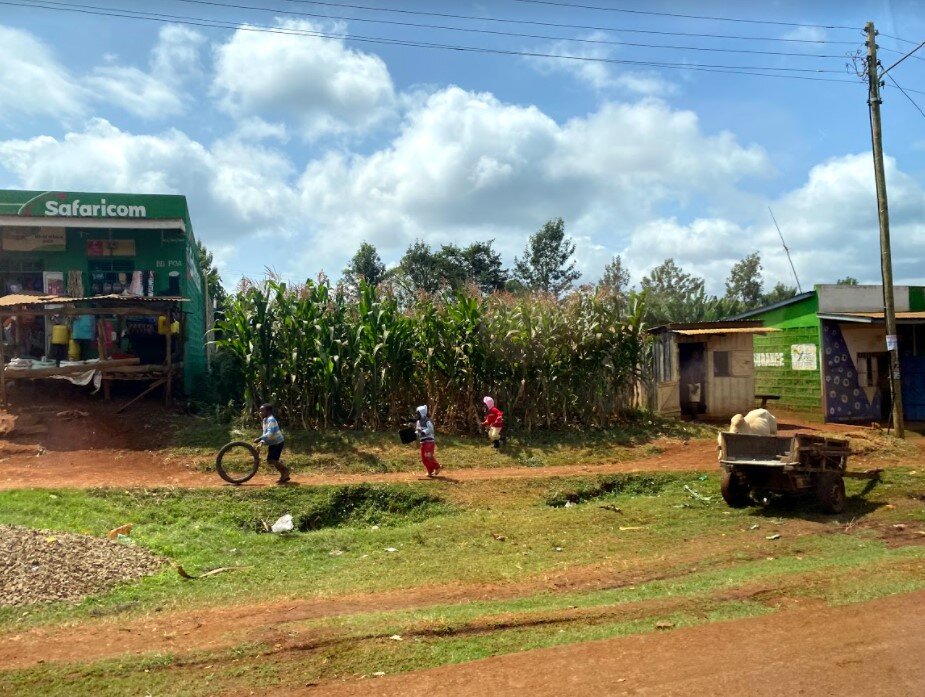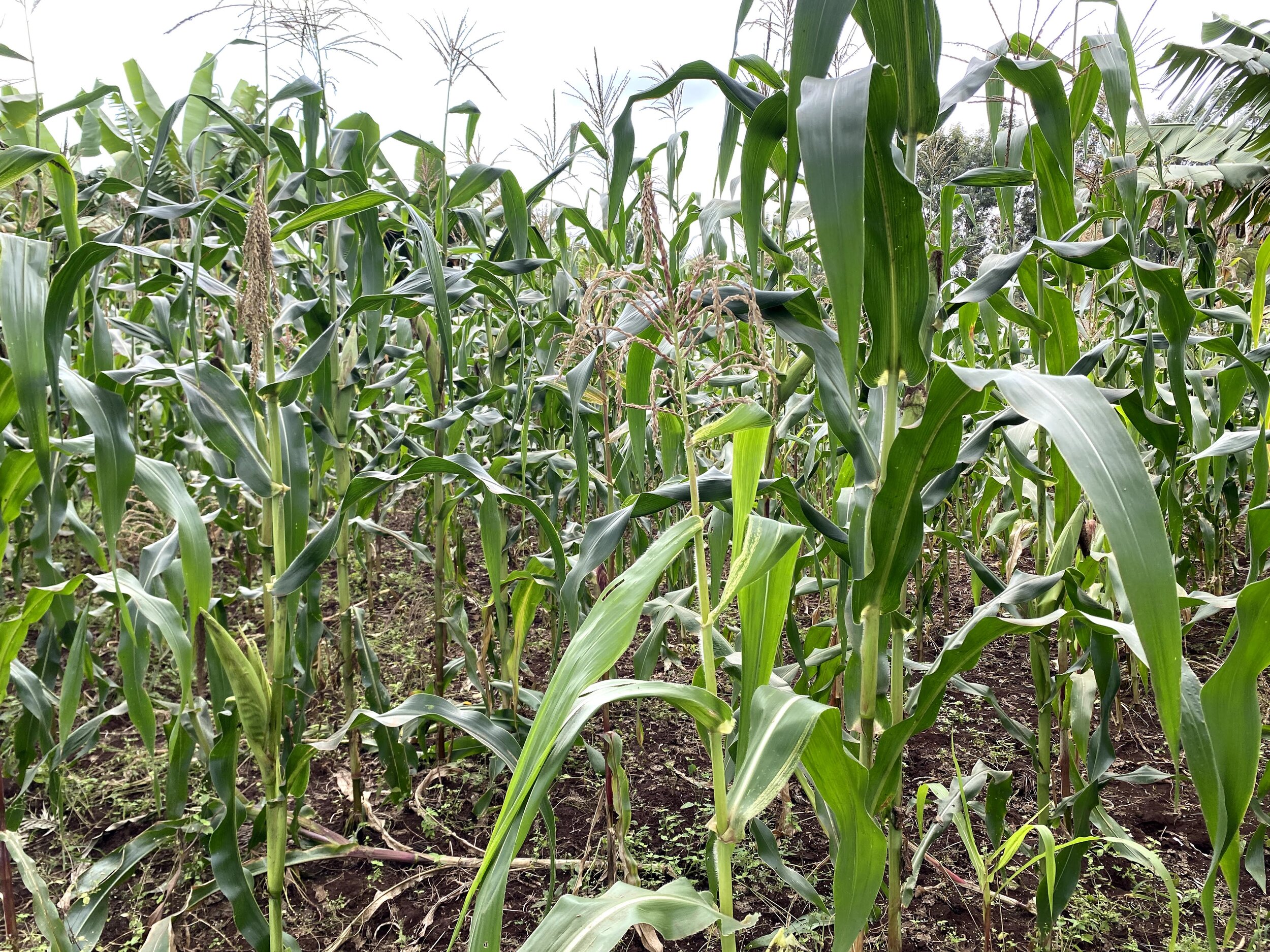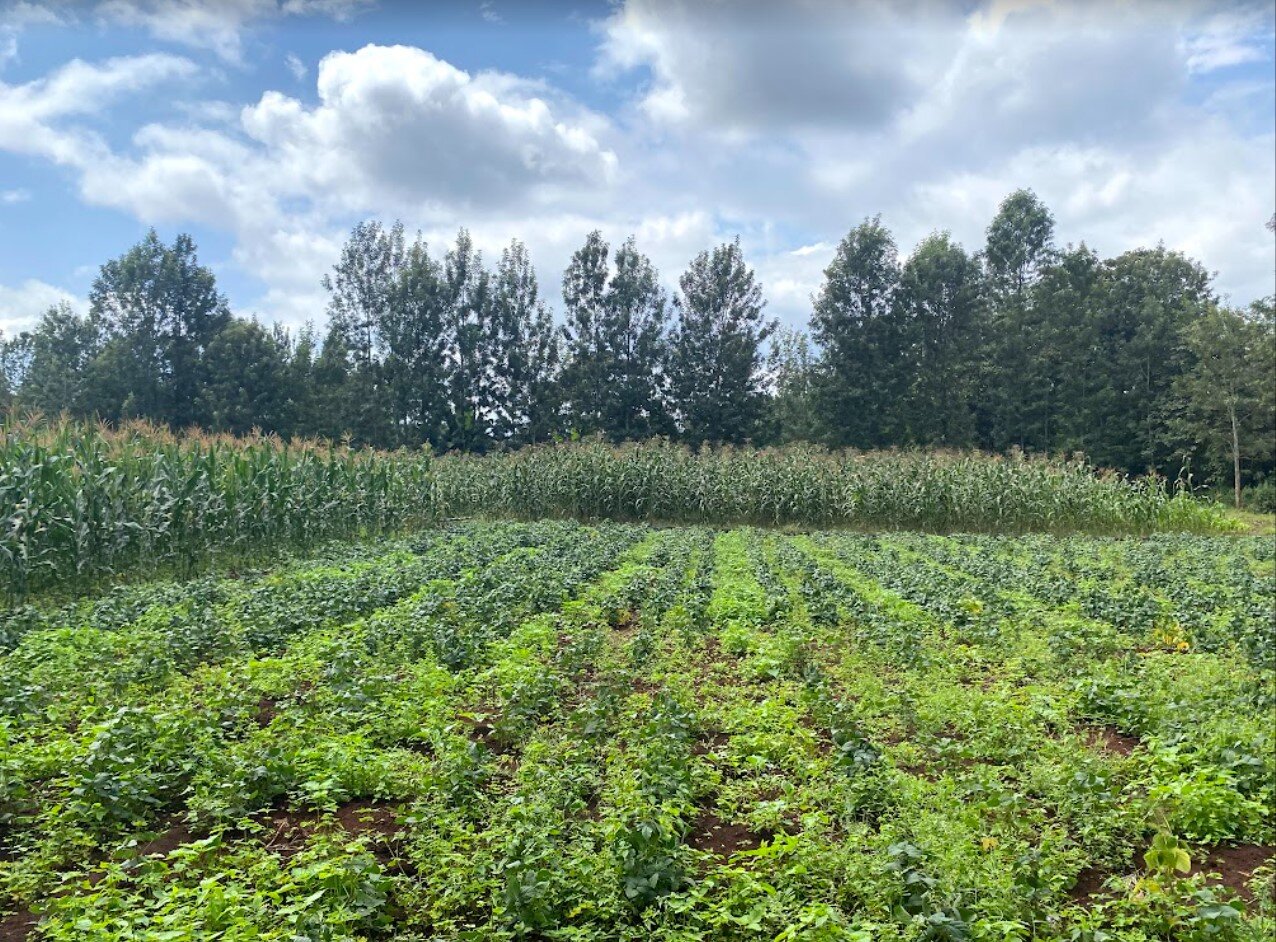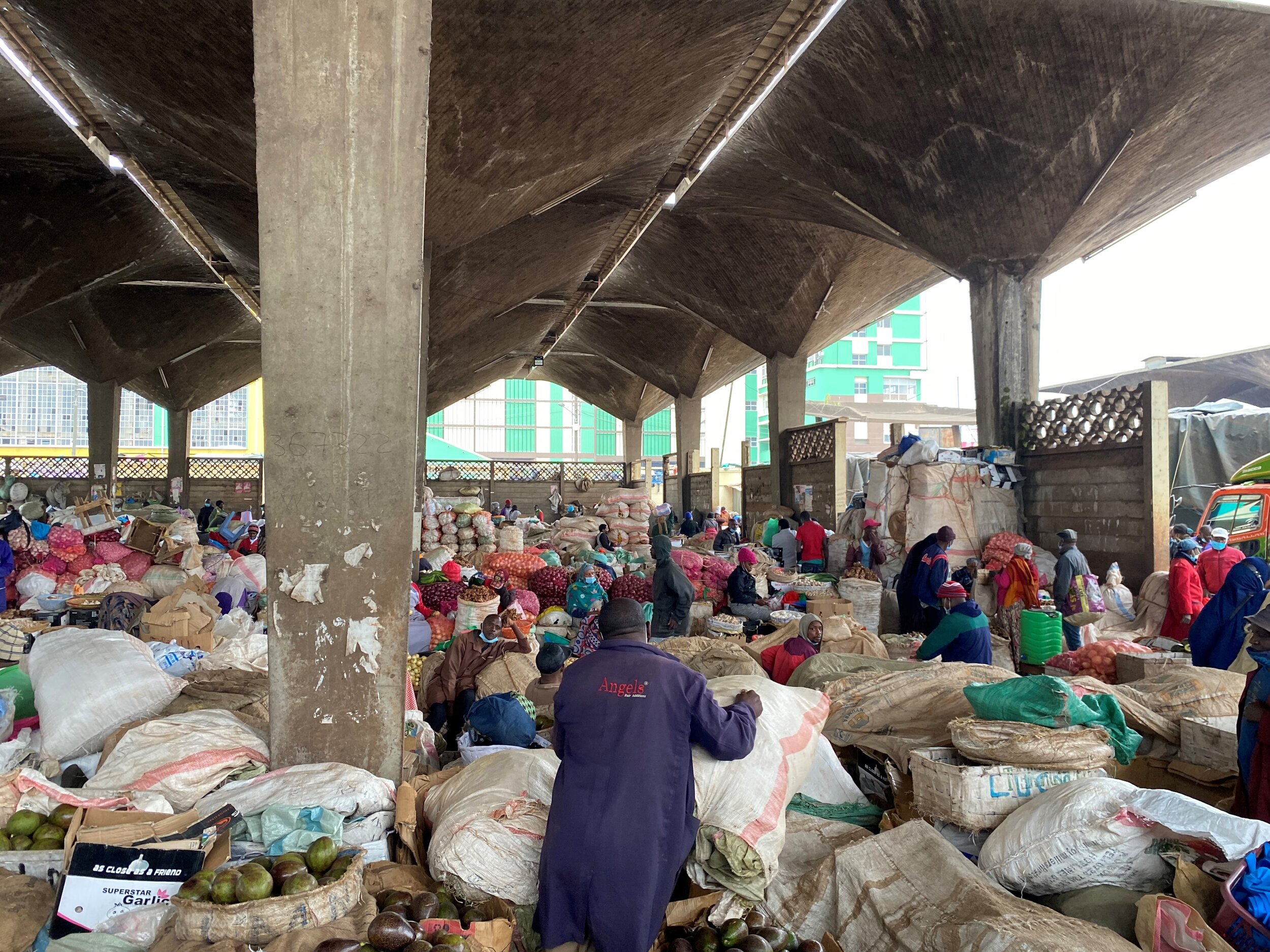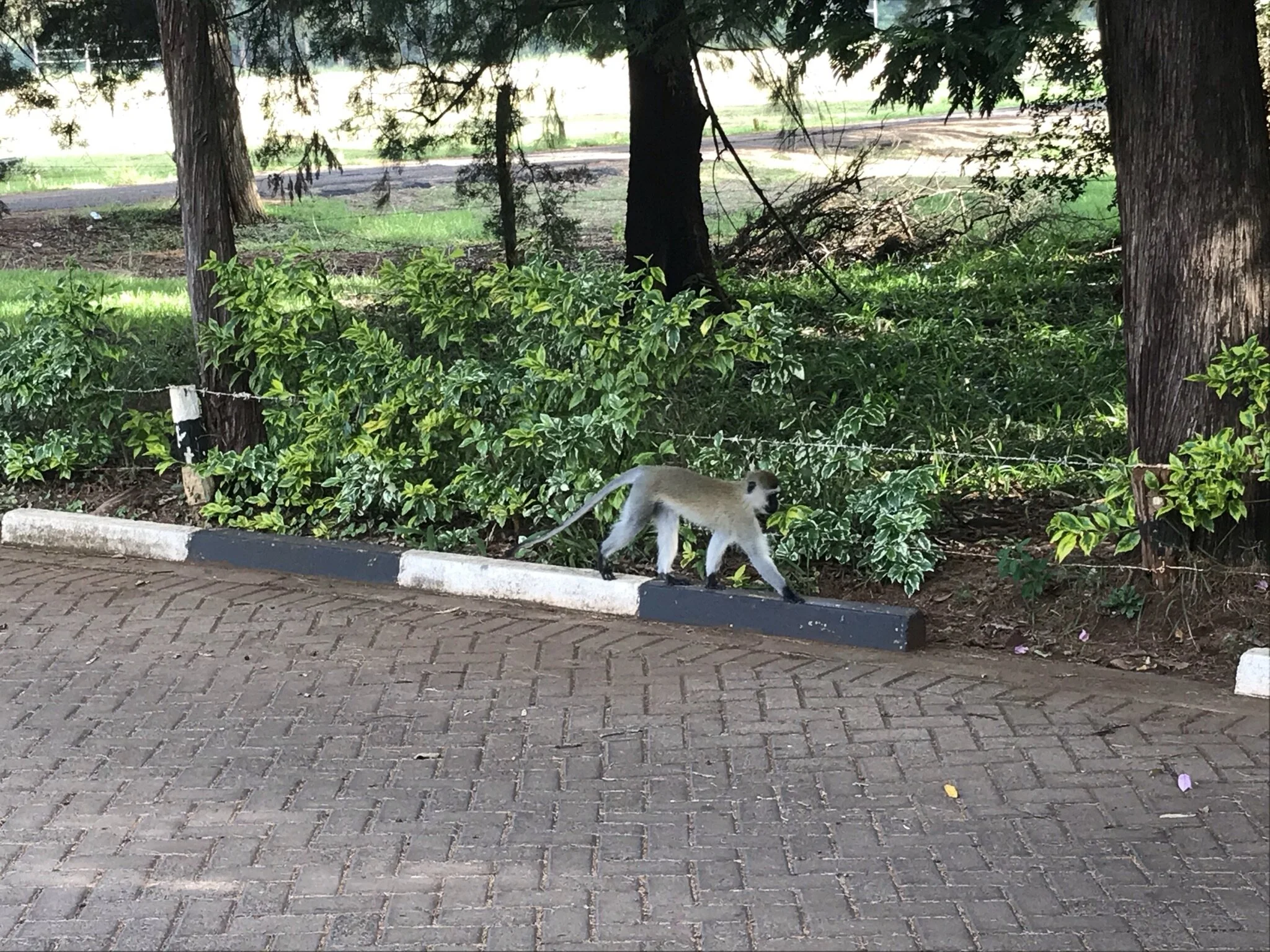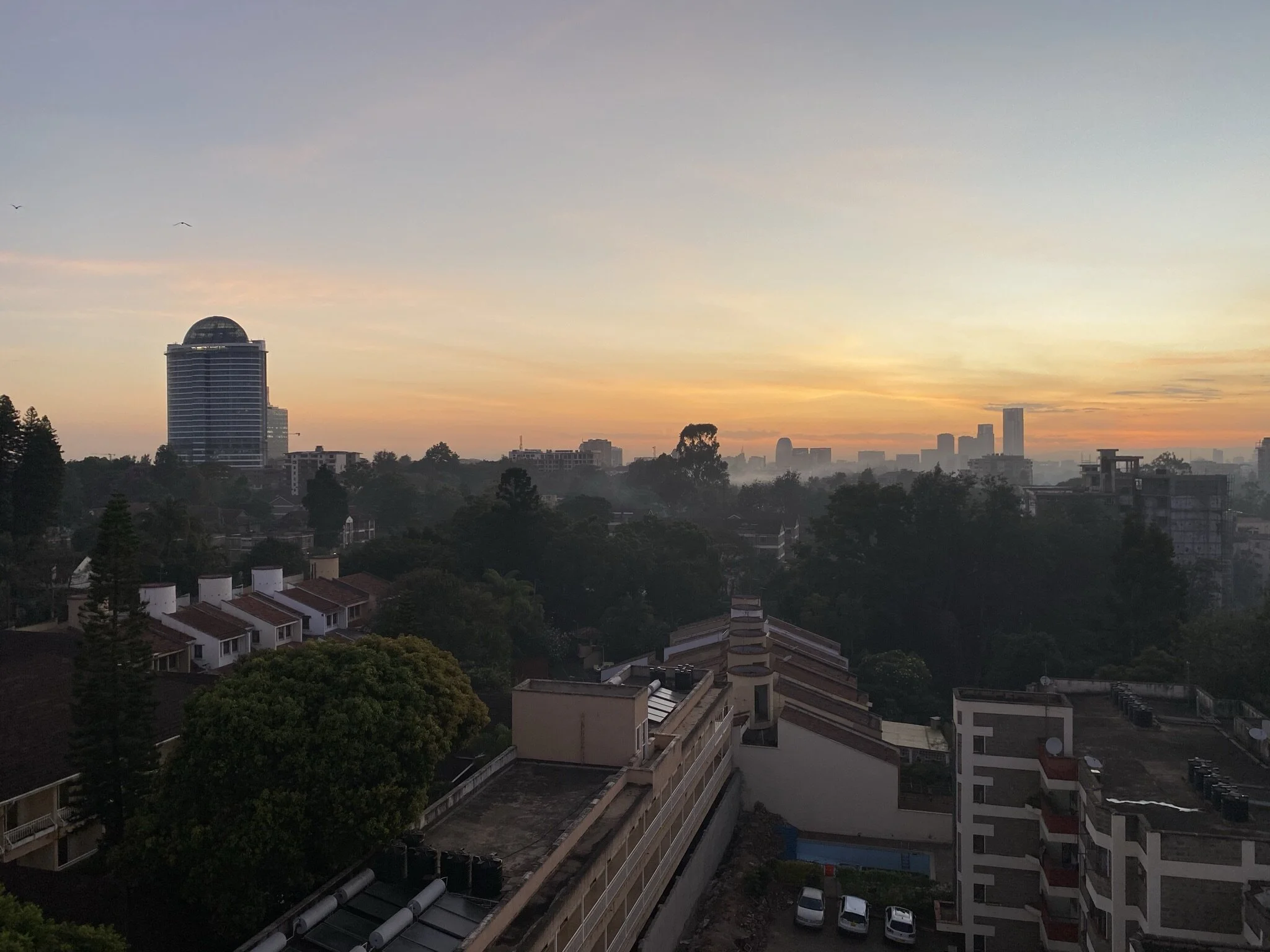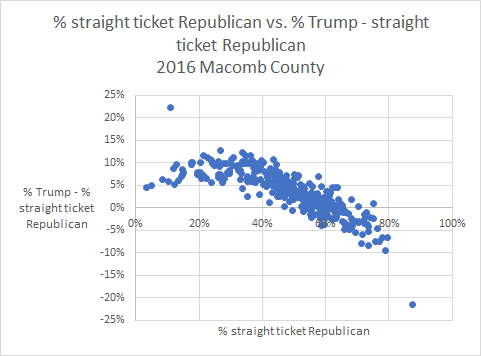What I learned biking from the equator to Ethiopia
Last week, I went on a group bike ride from Nanyuki Kenya to Moyale Ethiopia. The route was ~590 km over 5 days, on highway A2 the entire way. Here are the biggest things I learned!
The group was mostly Kenyan, and I was only slightly more a tourist than some of they were in the north of Kenya and at the Ethiopian border. Most had never been to the area,
Relatedly, the group seemed just as affected by the extreme poverty of the areas we were in as I was. And at one point, one of the Kenyans mentioned that people in rural areas often drink unsensitized river water, but they never get sick from it (in reality people get cholera, diarrhoea, dysentery, etc. from unsanitary water all the time). Living in a poor country does not mean you understand the effects of poverty, but I still have an instinctive expectation that the average middle-class Kenyan is familiar with and understands extreme poverty way better than me. I don’t think this is true.
I want to be able to flit between languages the way they did someday. It’s mesmerizing to hear people switch back and forth between English and Swahili, sometimes speaking English but throwing in a Swahili word for emphasis or comedic effect (or vice versa) (1). Everyone was very charitable to my constant asking “what does that word mean”. But I was not the only one learning, because they were constantly teaching each other words in their respective tribal languages. Some of my favorite things I heard / learned:
“I wasn’t finya-ing” = “I wasn’t trying too hard” (“finya” means “press” in Swahili)
“Subhanallah” = literally “Praise be to God” in Arabic, said in the presence of great wonder and beauty. We all learned this one together from an Arabic-speaker, and overused it
“Riswa” is what you say to a dust storm to banish the devil within it, in the Luhya tribal language
“Supu hii ni nani?” literally means “this soup is who?” which was described to me as a “very broken swahili” way of asking “what kind of soup is this?”
In the north of Kenya their milk is mostly from camels. They cook it by smoking (I think to disinfect it), and the smokey flavor makes it impossible for me to tell if camel milk itself tastes different from cow milk.
For anyone doubting, I can confirm that riding in a peloton is indeed, way more efficient.
There was a really cool cosmopolitanism among the group, that’s unlike anything I’ve seen in the US. The knowledge of many languages is part of it, but there was also a level of knowledge about world affairs, regional politics, many cultures, and a curiosity to learn more. And all of this without any sense of pretension.
Large avocados were described as “they looked as if they’d been to private school”
Anecdotally heard from a fellow biker: Kenya is known throughout the world as the home of many great marathon runners. Nowadays most of these runners come from the Kalenjin tribe. But this was not always so! It used to be that the Kikuyu tribe produced better runners. But the Kalenjin established a system where champion Kalenjin runners would return home to train the next batch of runners. And now the Kalenjins dominate the Kenyan marathon scene (2016 and 2020 men’s Olympic marathon champion, Eliud Kipchoge, is Kalenjin). Which illustrates that genetic predisposition and hard work are not enough: Building a culture of excellence is needed to achieve world-class results consistently on an institutional level.
This power line followed us for 100km, looming on the horizon and stretching out to infinity:
1. This is different from “sheng” (the Nairobi street slang) in my understanding. Sheng is more than just mixing English and Swahili









